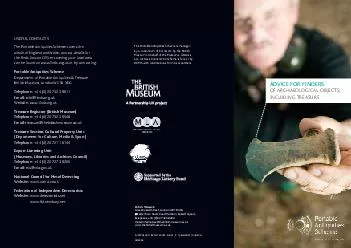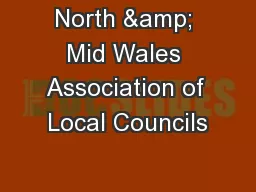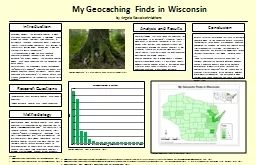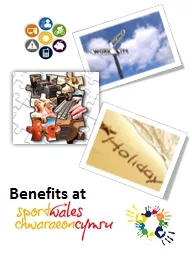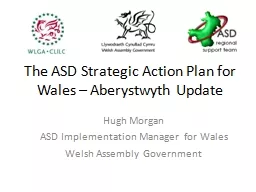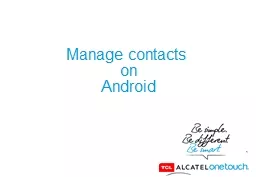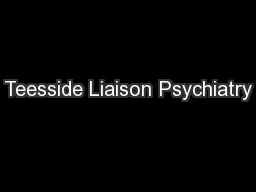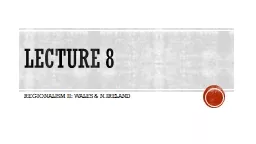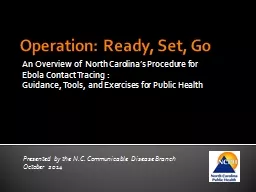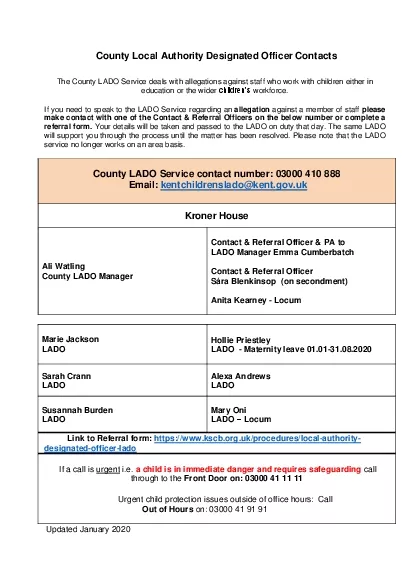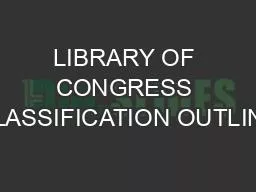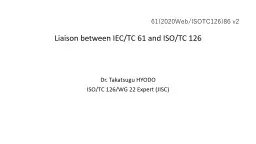PDF-THE PORTABLE ANTIQUITIES SCHEME USEFUL CONTACTS The Portable Antiquities Scheme covers
Author : liane-varnes | Published Date : 2014-12-20
findsorguk or by contacting Portable Antiquities Scheme Department of Portable Antiquities Treasure British Museum London WC1B 3DG Telephone 44 020 7323 8611 Email
Presentation Embed Code
Download Presentation
Download Presentation The PPT/PDF document "THE PORTABLE ANTIQUITIES SCHEME USEFUL C..." is the property of its rightful owner. Permission is granted to download and print the materials on this website for personal, non-commercial use only, and to display it on your personal computer provided you do not modify the materials and that you retain all copyright notices contained in the materials. By downloading content from our website, you accept the terms of this agreement.
THE PORTABLE ANTIQUITIES SCHEME USEFUL CONTACTS The Portable Antiquities Scheme covers: Transcript
Download Rules Of Document
"THE PORTABLE ANTIQUITIES SCHEME USEFUL CONTACTS The Portable Antiquities Scheme covers"The content belongs to its owner. You may download and print it for personal use, without modification, and keep all copyright notices. By downloading, you agree to these terms.
Related Documents

